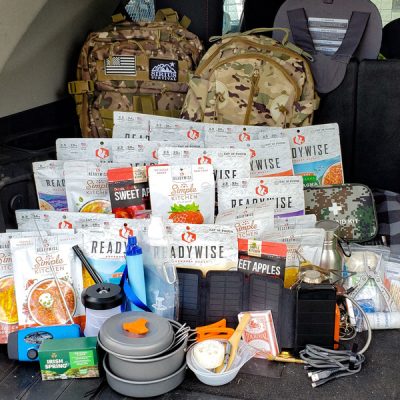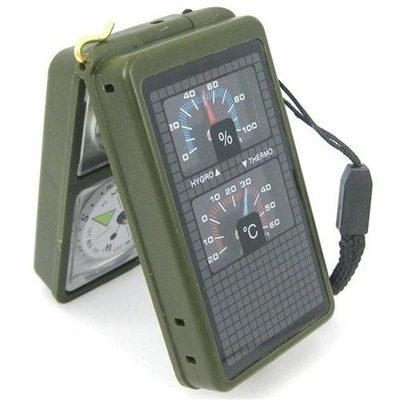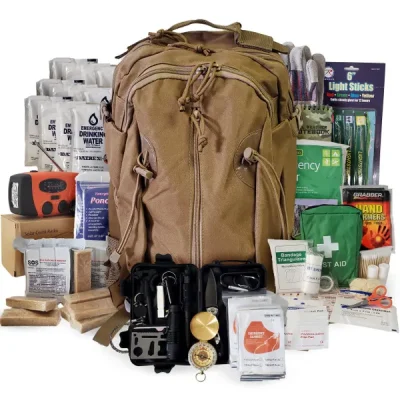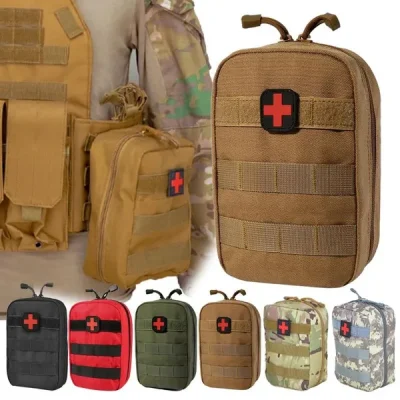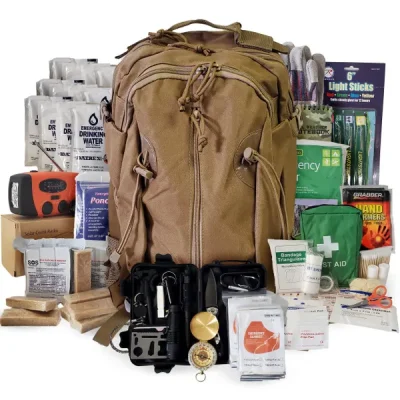Extreme Survival Training
Mastering the Elements: The Importance of Extreme Survival Training
In a world increasingly characterized by both natural and human-made disasters, the ability to adapt and survive under extreme conditions is not only valuable but could be crucial for survival. Extreme survival training programs are designed to prepare individuals for the toughest situations they might face, whether lost in a desolate wilderness, trapped in a disaster-struck city, or stranded in harsh climatic conditions. This article explores why such training is essential, what it involves, and how it can empower you to face life’s most challenging scenarios with confidence.
# Why Extreme Survival Training?
The primary goal of extreme survival training is to instill resilience and develop skills that could save your life in emergency situations. Such training goes beyond traditional safety drills and basic survival knowledge. It encompasses a broad spectrum of skills including finding shelter, sourcing water, emergency first aid, navigation without modern tools, and handling extreme weather conditions.
Extreme survival training also psychologically prepares you for the stress and panic that accompany crisis situations. Learning to remain calm and make informed decisions under pressure can be the difference between life and death. This mental conditioning is perhaps one of the most crucial elements of the training.
# Who Can Benefit?
While adventurers, explorers, and military personnel might be the most obvious beneficiaries of extreme survival training, the reality is that everyone can benefit from learning survival skills. Natural disasters such as hurricanes, earthquakes, or blizzards can strike anywhere, often with little warning. Urban dwellers too might find themselves in scenarios where such skills are indispensable—for instance, during prolonged power outages or in the aftermath of a catastrophic event.
Moreover, for those who pursue outdoor sports like hiking, mountain climbing, or kayaking, being equipped with survival skills can turn a potentially fatal situation into a manageable one.
# Core Components of Extreme Survival Training
1. Psychological Preparedness: Training begins with preparing the mind. Instructors focus on teaching trainees how to maintain mental stability and clarity under stress through simulations of real-life scenarios.
2. Practical Skills: Participants learn practical skills such as building fires without matches, creating shelters from natural materials, purifying water using non-traditional methods, and identifying edible plants and insects. These skills are often taught in controlled environments before moving on to more challenging field exercises.
3. First Aid: Knowing how to administer first aid is crucial in emergency situations where medical help may not be immediately available. Training includes handling injuries ranging from fractures and burns to snake bites.
4. Navigation Skills: In the age of GPS and smartphones, traditional navigation skills are fast becoming obsolete. However, these gadgets may not always be reliable, particularly in remote areas or when batteries die out. Participants learn to use maps, compasses, stars, and other natural indicators to find their way.
5. Survival Fitness: Physical fitness specific to survival situations is also addressed. This includes stamina-building exercises and techniques like swimming in strong currents or moving swiftly across uneven terrain without exhausting oneself.
# Learning from the Experts
Instructors in extreme survival training programs often have backgrounds in military or have extensive experience in outdoor education. Their firsthand experience provides invaluable insights into managing real-life risks associated with wilderness or disaster scenarios.
# Taking Training into Real-Life Application
The true test of extreme survival training lies in its real-world application. Many who undergo this training participate in periodic refresher courses or set up personal challenges to keep their skills sharp. Others take proactive measures by preparing emergency kits or plans for their homes and workplaces.
# Conclusion
Extreme survival training equips individuals not only with the technical know-how but also with a mindset geared towards resilience and proactive problem-solving. In an era where uncertainties loom large and the environment poses new challenges every day, such training becomes not just useful but essential for anyone looking to safeguard themselves and their loved ones against unforeseen events.
By embracing these rigorous training programs, ordinary people transform into adept survivors who can confidently navigate through life’s toughest challenges—making them prepared not just for adventures but for any curveballs life might throw their way.

Have A Question? Contact Us!





